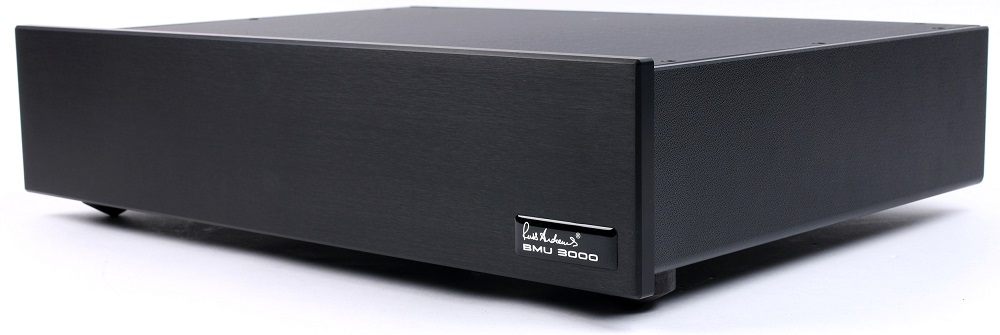BMU 3000 Install Version Review
Monday, 13th March 2023
Kevin Fiske, of on-line Hi-Fi magazine the-ear.net, has written a comprehensive review of the install version of the BMU 3000 Balanced Mains Unit, and he's very impressed.

It’s worth checking out the full text if you are considering upgrading to balanced mains (whether or not you opt for the install version; as he points out, the stand-alone BMU 3000 uses the same innards with pretty much the same performance improvements as the install version).
The principle behind Balanced Mains
Kevin begins by discussing the ever-increasing problem of mains noise - and its negative effects on audio systems - in some depth and explains the fundamental manner in which a balanced mains can address this.
The principle is just the same as the common practice of using a balanced circuit in the signal realm, and he notes that recording studios have cottoned on to this link for some time, more often than not, running both to supply signal and power in their systems.
"This is essentially the same law of electro-physics exploited by balanced as opposed to single-ended signal interconnects”
He explains that, rather than the conventional principle of providing 230 Volts on the live wire and 0 Volts on the neutral side, a balanced supply splits the voltage equally across both, 115V + 115V. This has the advantage of ensuring that “noise on one phase is cancelled by the counter-phase noise on the other, and is drained to earth. This is essentially the same law of electro-physics exploited by balanced as opposed to single-ended signal interconnects”.
Unlike balanced cables - which require the addition of balanced circuits and XLR sockets in the equipment - all Hi-Fi and Home Cinema components work on balanced mains without any modification.
Sound improvements
That’s the principle; in practice, Kevin found the effects of the BMU 3000 on his music were very clear to hear.
He noted that there were obvious initial improvements; “so much deeper and more tuneful was the bass… [the soundstage] had taken on deeper and wider dimensions with greater specificity, and the level of tonal and textural detail had increased too. But it was the increase in energy, right across the audio-band, that was most startling”, he adds.

The BMU3000 Install and stand-alone versions (shown above) share the same fundamental design, with the latter also benefitting from a bank of five UltraSockets™ on the rear.
So significant were the improvements, that he argues that they represent:
“an uplift of the kind of magnitude that might be expected from a swap to a higher quality more revealing source and much more powerful amplification”.
In conclusion, he gives the BMU 3000 a “strong recommendation”, adding the caveat that the level of improvement will obviously depend on the specific level of mains noise the unit is addressing (though he adds that his “own experience in a small village [i.e. not with the greater noise generated in more populous urban environments] suggests this may not be as easy to second-guess as might be assumed.”

On-line magazine: the-ear.net
Publication date: 23rd January 2023
Verdict: Five stars
Click here to find out more about the BMU 3000 MKII™ install version
Click here to read about the Hi-Fi+ review of the BMU 3000 MKII™ stand-alone version
Click here to read The Audiophile Man review of the BMU 1500 MKII™ - the 'smaller' sibling of the BMU 3000 MKII™
Written By Simon Dalton






















